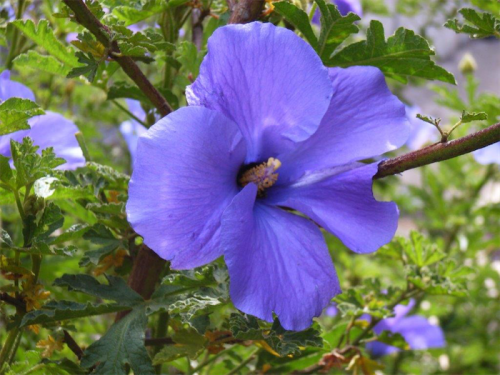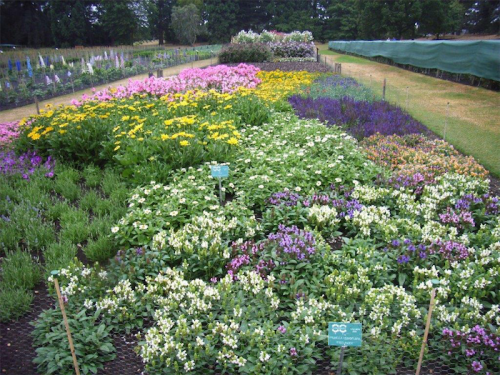
THE problem with cut flowers is they don’t last long, but among the odd exception is a remarkable Australian plant known the world over as the straw flower or everlasting daisy.
Its botanical name is Xerochrysum bracteatum, taken from the Greek xeros meaning dry and chrysum meaning golden that aptly describes its flowers.

With modern breeding, the plant is available in numerous colours.
It is perfect for even the smallest garden and is in flower by December until late March.
Introduced into Britain in 1791, it was followed by an extensive breeding program in Germany in the 1850s and proved a boon for florists.
The plant has papery bracts although resembling petals. This means it will retain its rich colours not just for weeks but for years.
Queensland adopted two varieties of this plant, namely Wanetta sunshine and gold nuggets, as its floral emblems to celebrate the Centenary of Federation in 2001.
The plant is particularly popular in countries with long, cold, snow-bound winters. In Scandinavia, it provides colour in homes when no other flowers are available.

I RECENTLY photographed hibiscus huegelii or lilac hibiscus at the Botanic Gardens. Alyogyne huegelii grows to about two metres and up to 1.5 metres wide with flowers up to 10 centimetres across. It needs room to grow, but if you have the space, try planting a group of three.
Authors Wrigley and Fagg in the book “Australian Native Plants” mention that, although from WA and SA, the plant is very hardy and floriferous. Suited to most soils in a sunny position, it may need protection from severe winter frosts.

THE last recommendation in my series of English gardens worth visiting in the northern summer is Wisley, the jewel in the crown of Royal Horticultural Society gardens.
Located 64 kilometres south of London, it is the second most visited garden in Britain after Kew Gardens. Last year 1.2 million gardeners visited to explore and gather ideas around the 97-hectare garden. Besides the series of model gardens (examples for the small residential garden) is the spectacular Bicentenary Glasshouse.
The Portsmouth Trial Gardens assess hundreds of new varieties of plants aspiring to receive an Award of Garden Merit, which virtually guarantees huge sales for the breeder.
To receive this award a garden plant (tree, shrub, perennial, annual or vegetable) may be exposed to the trial for more than one year when it is assessed by a committee of experts from the RHS and specialist plant societies. Although the trials are conducted amid the changing seasons of England, these plants can be grown with confidence in our local climate here.
With more than 7000 plants currently on the AGM list, all are assessed annually with many taken off because they are no longer available, have become disease prone, insufficient uniformity or are difficult to grow.
The Wisley gardens were established by GF Wilson, a Victorian businessman and RHS member in 1898. When he died in 1902 it was bought by Sir Thomas Hanbury, who then donated the gardens to the RHS in 1903. More at rhs.org.uk/wisleywhatson
Jottings…
- Now is a good time to prune evergreen climbers such star jasmine.
- Dig up and divide bearded iris rhizomes to fill in bare spots in the garden. Lightly trim the scraggly roots and, when replanting, don’t cover the top of the rhizome with soil or mulch. It is an exception to the rule and the rhizomes need to be baked with the sun to flower well.
- Plant bulbs of Dutch Iris for mid-spring flowering.
- I suggest not planting citrus trees at this time. Despite the continuing warm weather, frosts can arrive at any time. Leave planting until late September/October.
Who can be trusted?
In a world of spin and confusion, there’s never been a more important time to support independent journalism in Canberra.
If you trust our work online and want to enforce the power of independent voices, I invite you to make a small contribution.
Every dollar of support is invested back into our journalism to help keep citynews.com.au strong and free.
Thank you,
Ian Meikle, editor




Leave a Reply